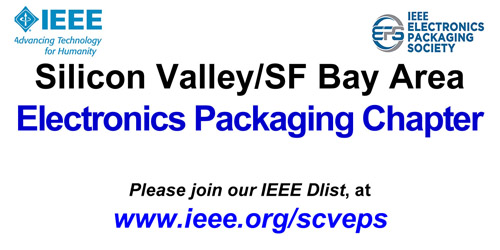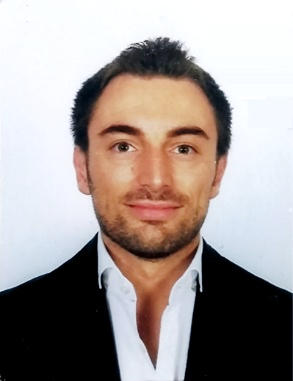Advanced Packaging for Wide Bandgap Semiconductor Power Modules
-- GaN, SiC, heat dissipation, breakdown field, fast switching, oscillations, optimization, chip-scale ...

WBG semiconductors (i.e. SiC and GaN) outperform silicon in terms of breakdown field (10X in the case of SiC) and thermal conductivity (2X in the case of SiC), hence, ensuring smaller conduction losses and better heat dissipation combined with faster switching frequency. All this results in saving energy (i.e. smaller battery) and costs (i.e. smaller passive components and volume of the power module). However, to take fully advantage of WBG semiconductors it is of paramount importance to: (i) develop new packaging technologies, (ii) optimize the packaging design in terms of thermo-electric and electromagnetic (i.e. stray inductance and mutual coupling) behavior to ensure clean and fast switching of the MOSFETs and avoid oscillations. This talk will start from basic concepts of power module design by taking a half-bridge topology as reference and will show some of the tools and methodologies that are currently used for the optimization. Moreover, the talk will briefly describe some of the new advanced technologies (embedding, chip scale packaging, sintering) for the packaging of GaN and SiC power modules.
Date and Time
Location
Hosts
Registration
-
 Add Event to Calendar
Add Event to Calendar
Loading virtual attendance info...
Speakers
 Dr. Giovanni Salvatore of University of Venice Ca Foscari
Dr. Giovanni Salvatore of University of Venice Ca Foscari
Advanced Packaging for Wide Bandgap Semiconductor Power Modules
WBG semiconductors (i.e. SiC and GaN) outperform silicon in terms of breakdown field (10X in the case of SiC) and thermal conductivity (2X in the case of SiC), hence, ensuring smaller conduction losses and better heat dissipation combined with faster switching frequency. All this results in saving energy (i.e. smaller battery) and costs (i.e. smaller passive components and volume of the power module). However, to take fully advantage of WBG semiconductors it is of paramount importance to: (i) develop new packaging technologies, (ii) optimize the packaging design in terms of thermo-electric and electromagnetic (i.e. stray inductance and mutual coupling) behavior to ensure clean and fast switching of the MOSFETs and avoid oscillations. This talk will start from basic concepts of power module design by taking a half-bridge topology as reference and will show some of the tools and methodologies that are currently used for the optimization. Moreover, the talk will briefly describe some of the new advanced technologies (embedding, chip scale packaging, sintering) for the packaging of GaN and SiC power modules.
Biography:
Dr. Giovanni A. Salvatore has been an Assistant Professor at University of Venice Ca Foscari since July 2021. He got his Bachelors in Electronics and Masters in Micro&Nanotechnology from the Polytechnic of Turin in 2004 and 2006, respectively. He received the PhD in 2011 from EPFL for his research on ferroelectric transistors for memory and switch applications. His doctoral dissertation received the 2012 ABB Award. From 2011 to 2017, he has worked at ETH Zurich and at UIUC (Rogers’ group) as senior researcher and group leader with focus on thin film electronics, wireless epidermal devices and dissolvable electronic components. At the end of 2017, he joined the ABB Corporate Research Center in Baden (CH) to work on packaging and reliability of electric devices. He is author of more than 100 peer-reviewed publications and about 10 patents. His current interests fall into the concept of “sustainable electronics” with examples in biodegradable materials and devices and in efficient power converters.
Address:Venice, Italy

